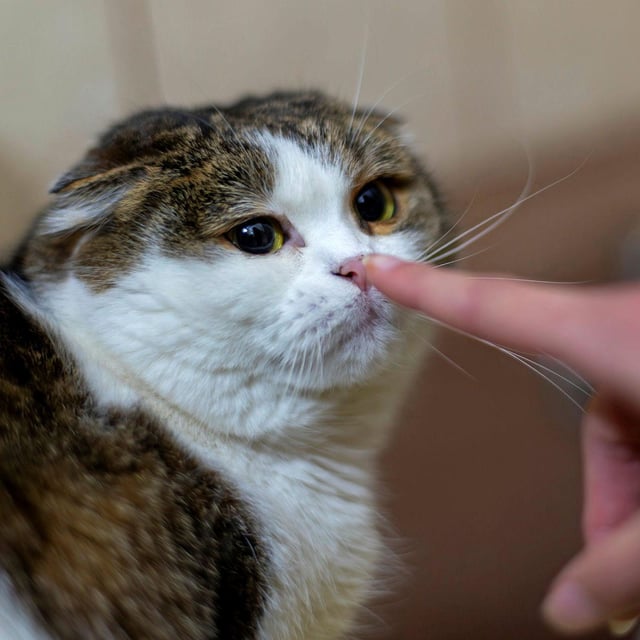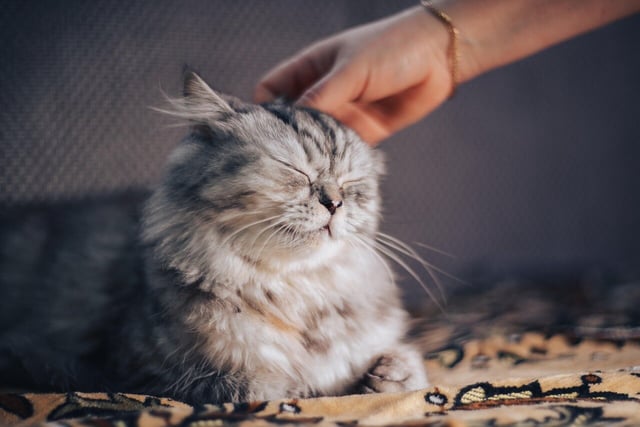Overview
- Researchers at Tokyo University of Agriculture presented 30 domestic cats with scent-laden swabs from owners, strangers and blank controls to assess olfactory recognition
- Cats spent significantly more time sniffing unfamiliar human odors than owner or empty samples, indicating scent-based discrimination
- Subjects predominantly used their right nostril on first exposure to stranger scents then switched to the left nostril as scents became familiar
- Male cats rated higher in neuroticism via the Feline Five test repeatedly revisited scent tubes while more agreeable males exhibited calmer sniffing patterns
- Authors suggest that right-hemisphere processing underlies investigation of novel odors but note it remains unknown whether cats can identify individual humans by smell



